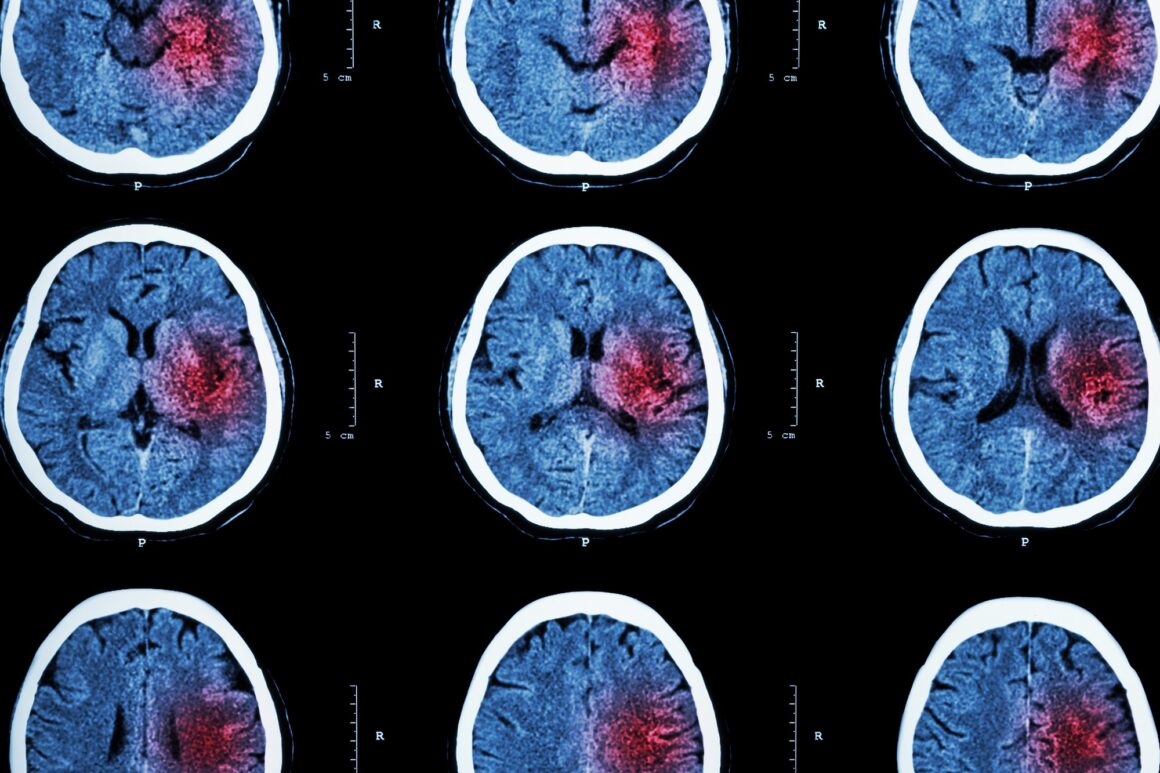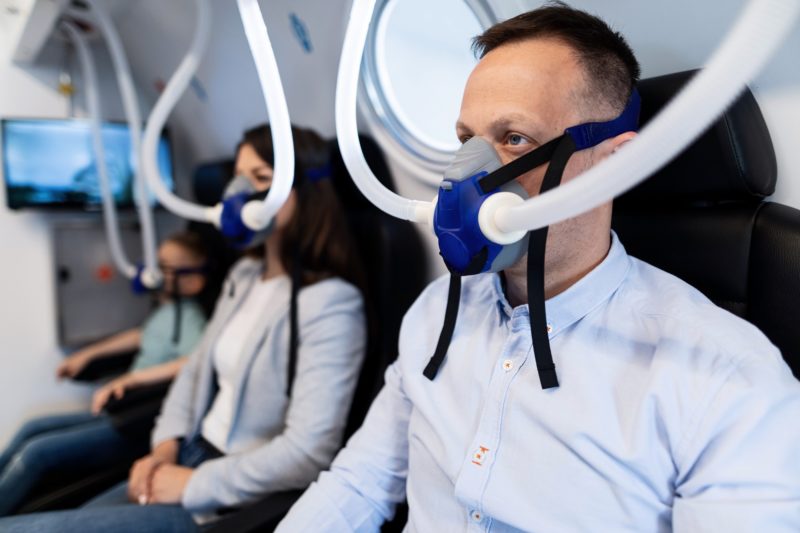Each year, nearly 600,000 people in the United States experience cardiac arrest and while implications of such an episode for the heart can be understood, the toll on the brain is equally significant.
A study from Lund University in Sweden shows that half of patients who survive a cardiac arrest go on to suffer cognitive consequences, such as problems with memory and attention. The lack of oxygen during the cardiac arrest can cause an anoxic brain injury, or cerebral hypoxia, both of which refer to brain injury resulting from insufficient oxygen supply.
Without oxygen, the neuron cells will begin to die through a process known as necrosis, causing patients to experience impairments in visual perception, cognition, expression and motor abilities.

HBOT and Recovery
Hyperbaric oxygen therapy, also known as HBOT, is an innovative treatment that involves patients breathing 100% oxygen at high pressure to increase the amount of oxygen dissolved in body tissues
A study from the journal Restorative Neurology and Neuroscience shows that HBOT can help patients with chronic cognitive impairments following cardiac arrest improve memory, attention and executive function in the months and even years following the event.
Prior to HBOT, patients in the study had neurocognitive evaluations as well as recording daily living routines and undergoing quality of life evaluations. Furthermore, the patients were assessed through novel brain metabolism imaging scans. These evaluations were repeated after HBOT were completed.
Despite the treatment not being administered for five to seven months after the initial event, patients showed significant cognitive improvement following HBOT therapy. Clinical developments were measured through neurocognitive tests and correlated with improvement in subject’s ability to perform the activities of daily living and improved quality of life. The most significant improvements were in executive function, attention and memory. Positive correlations were found between improved neurocognitive functions and specific areas of the brain with increased metabolic activity in the perirhinal cortex, the pre-frontal cortex, inferior frontal gyrus, the anterior cingulate gyrus and the parietal lobes.
The researchers explain that HBOT can “reactivate neuronal activity by increasing plasma dissolved oxygen”. This is an effective method of supplying sufficient oxygen to the brain in order to induce repair processes and increase the brain’s ability to create new neural pathways.
The study concluded that hyperbaric oxygen therapy may improve cognitive functions well after anoxic brain injury occurs as a result of cardiac arrest.
As more peoples survive cardiac arrest episodes, the application of HBOT is likely to be considered for patients who fit the requirements.
